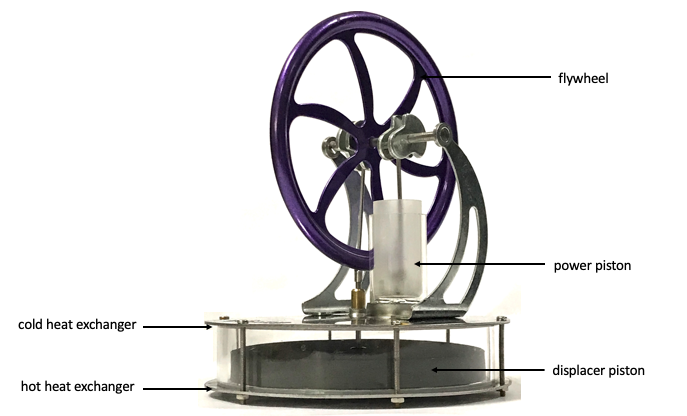I created a series of GeoGebra apps for the JC topics of Waves and Superposition, mainly on the concept of Phase Difference. The sizes of these GeoGebra apps are optimised for embedding into SLS. When I have time, I will create detailed instructions on how to create such apps. Meanwhile, feel free to use them.
Instructions on how to embed the apps into SLS can be found in the SLS user guide.
Phase difference between two particles on a progressive wave. Move the particles along the wave to see the value.
Phase difference between two particles on a stationary wave. Move the particles along the wave to observe how their velocities are different or similar.
Observe velocity vectors of multiple particles on a progressive wave.
